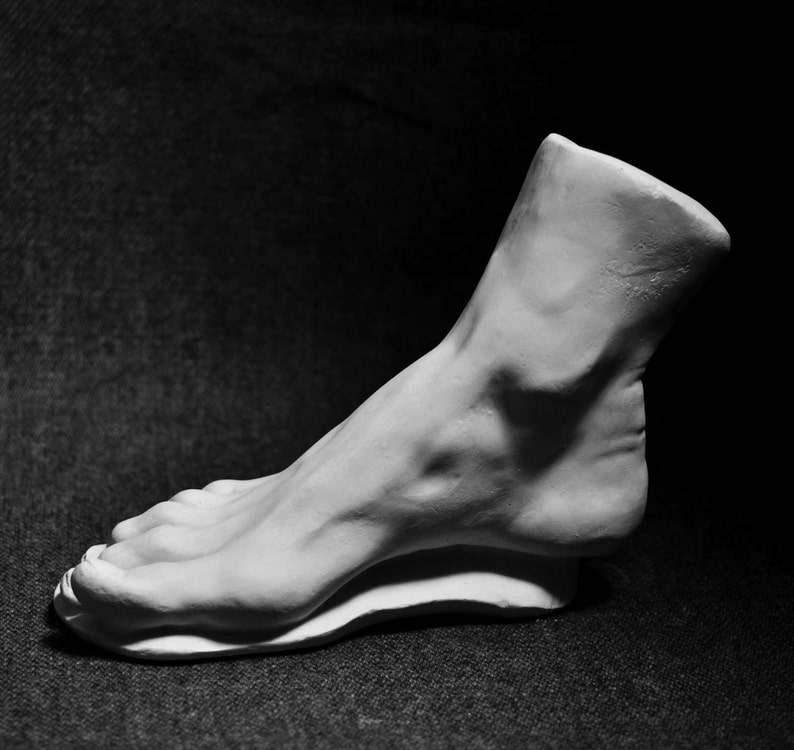

Also, because water is so easily absorbed, dirt or other contaminants dissolved in the water will be carried readily and irreversibly into the plaster. The corrosion products can also leach into the plaster and create unsightly brown and orange staining.īefore cleaning a plaster object it is necessary to determine whether or not it has been finished, and if so, with what.īare plaster is very porous and hygroscopic, and any water that comes in contact with it will create tide lines and staining. As the corrosion progresses, the volume of the metal will increase to a point where it cracks the plaster. For example, because plaster is so hygroscopic, any metal reinforcing rods (particularly iron and steel) that are near the surface are likely to be exposed to water and will eventually corrode. Although they often survive much longer than their makers intended, they can suffer from stability problems if the added materials react with the plaster. Some of these models become works of art and sources of information in their own right. This practice is common in maquettes made to test structural and artistic concepts before the works are created in a more durable material (such as bronze or stone). Metal, wood, textile, and other materials may be incorporated into the structure of large plaster sculptures with thin components. Small air bubbles that may have been incorporated into the plaster during casting do not alter the weight of objects significantly. solid plaster objects weigh more than hollow ones). The method of construction is fairly easy to determine by the weight of the piece (i.e. In this case, the mould is filled completely with plaster and allowed to set without agitation. Smaller objects are often made of solid plaster. Air bubbles that may have formed as the plaster was sloshed inside the mould can also weaken the structure. Some parts of these hollow objects (particularly wide, flat areas) can be very thin and quite fragile. This produces an object with an interior cavity and walls of variable thickness, depending upon how well the plaster was distributed. Some plaster objects are created by pouring liquid plaster into a mould which is then upended and rotated to allow the plaster to coat the entire inner surface. For example, if the plaster is to be used for house decorating, fibrous material is added to act as a binding medium and prevent the plaster from cracking when drilled. Other substances are sometimes added to plaster to provide strength, colour, and ease of working. The amount of water added to plaster of Paris during mixing is critical: too little results in a powdery material with lower than expected cohesion and a tendency to crumble and crack, and too much produces a porous material that is weak and fragile. During this process the plaster of Paris crystallizes and hardens, releases heat, and increases in volume slightly When water is added to the kiln-dried gypsum powder, it is readily absorbed and becomes incorporated back into the crystal structure. This drives off most of the water of crystallization (2H 2O) associated with the calcium sulphate molecule, and leaves the gypsum very reactive.

Plaster of Paris is prepared by drying gypsum (CaSO 4 Characteristics of Plaster Objects Composition As plaster sculptures can be cleaned, carved, and treated to look like stone, bronze, and other more costly materials, and plaster casts can be finished to look like china or earthenware, it is not surprising that plaster of Paris is often encountered in museum objects as a substitute for stone or ceramic. moulds, statuary, casts, etc.) for many centuries. It has been used in a wide variety of decorative applications (e.g. Plaster of Paris is a mixture of powdered calcium sulphate (commonly known as gypsum) and water that hardens quickly. Exercise caution, and seek qualified assistance if in doubt. This Note discusses actions that will physically affect the object, and/or procedures that involve the use of chemicals.
PLASTER OF PARIS SCULPTURE PDF
( PDF Version, 139 KB) CCI Note 12/2 is part of CCI Notes Series 12 (Stone and Plaster) Caution:


 0 kommentar(er)
0 kommentar(er)
